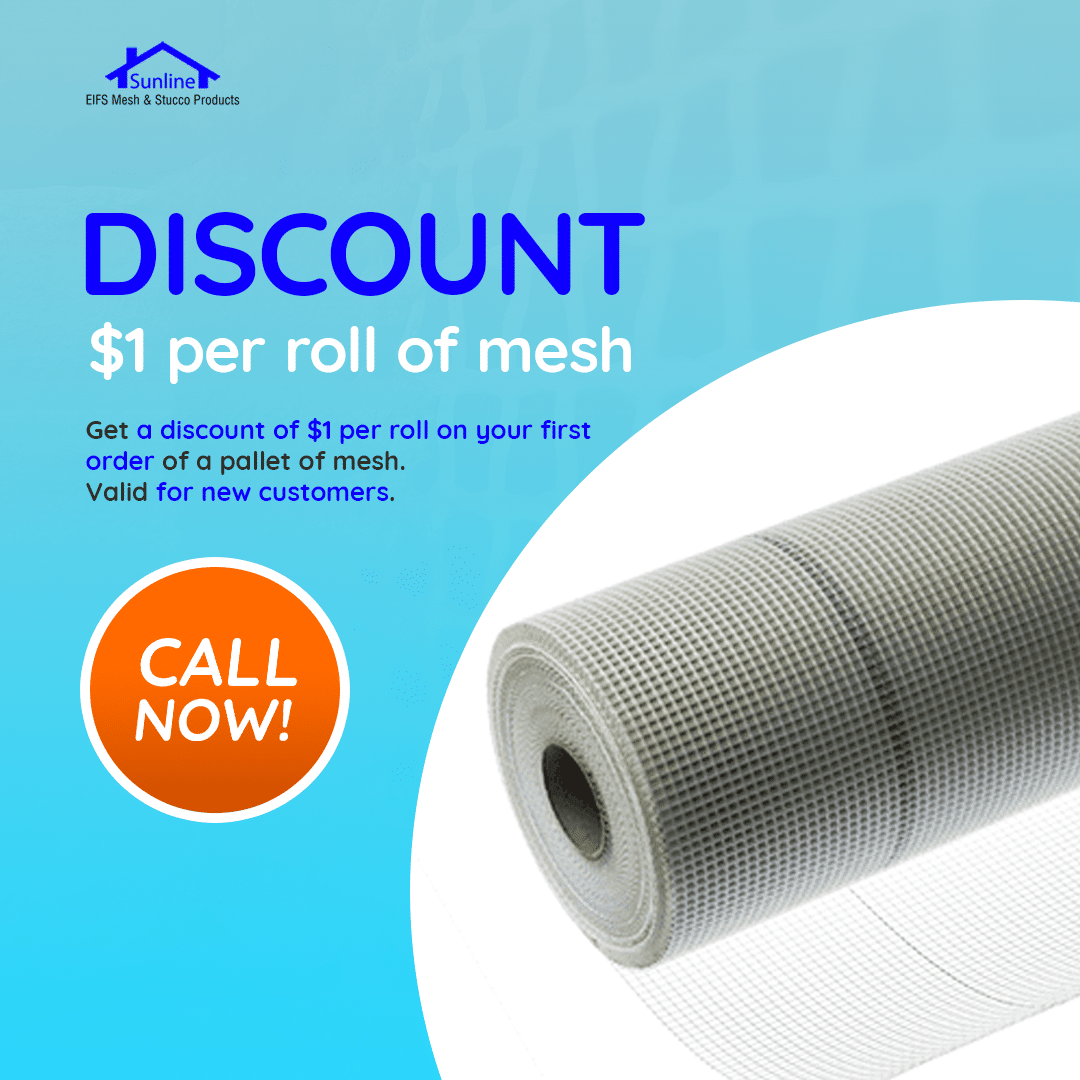In the ever-evolving landscape of construction, the Exterior Insulation and Finish System (EIFS) industry stands as a beacon of innovation and adaptability. As we look toward the future, the EIFS sector is poised for substantial growth and transformation, driven by a confluence of factors ranging from sustainability imperatives to advancements in technology. Let’s delve into the trajectory of this dynamic industry, backed by insightful statistics that illuminate its potential.
- Sustainability as a Catalyst for Growth:
- According to a report by Research Nester, the global green building materials market, which includes EIFS, is projected to reach USD 365.8 billion by 2027, exhibiting a CAGR of 11.2% during the forecast period.
- The emphasis on energy efficiency and environmental sustainability is a significant driver for the EIFS industry. A study by the U.S. Department of Energy found that EIFS can reduce energy consumption in buildings by up to 30%, leading to substantial cost savings and carbon emission reductions.
- Durability Redefined:
- Concerns about the durability of EIFS have spurred research and development efforts aimed at enhancing its resilience. According to the EIFS Industry Members Association (EIMA), advancements in moisture management systems and coatings have significantly improved the durability of EIFS, extending its lifespan and reducing maintenance costs.
- The EIFS market size is expected to grow at a CAGR of 7.1% from 2021 to 2028, according to a report by Grand View Research, Inc., driven by increasing demand for high-performance building materials that offer durability and longevity.
- Aesthetic Innovation and Architectural Versatility:
- EIFS is undergoing a renaissance in terms of design versatility and aesthetic appeal. A survey conducted by the American Institute of Architects (AIA) found that 73% of architects consider EIFS to be an attractive cladding option for its design flexibility and ability to achieve custom finishes.
- The global architectural coatings market, which includes coatings used in EIFS, is projected to reach USD 100.82 billion by 2026, with a CAGR of 5.4% during the forecast period, according to a report by Fortune Business Insights.
- Regional Outlook and Market Dynamics:
- North America holds a significant share of the EIFS market, driven by stringent building energy codes and regulations promoting energy-efficient construction practices. The Asia-Pacific region is also witnessing rapid growth in the EIFS market, fueled by urbanization, infrastructure development, and increasing awareness of sustainable building solutions.
- Europe, with its focus on energy-efficient building standards such as the Passive House concept, presents lucrative opportunities for EIFS manufacturers and suppliers. According to the European Construction Industry Federation (FIEC), the adoption of EIFS in European countries is expected to grow steadily over the coming years.
In conclusion, the EIFS industry is poised for a dynamic evolution, buoyed by the twin imperatives of sustainability and innovation. As architects, developers, and builders increasingly recognize the benefits of EIFS in terms of energy efficiency, durability, and design versatility, the industry is primed for robust growth and widespread adoption on a global scale. With continued investment in research and development, coupled with strategic market expansion initiatives, the EIFS sector is well-positioned to shape the skylines of tomorrow and redefine the future of construction.

